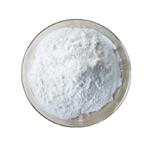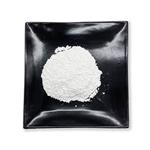Chemical Properties
| Melting point | 158-161 °C(lit.) |
| Boiling point | 211 °C(lit.) |
| bulk density | 400-500kg/m3 |
| Density | 1.44 |
| vapor density | 4.8 (vs air) |
| vapor pressure | 1 mm Hg ( 114 °C) |
| FEMA | 3985 | 2-HYDROXYBENZOIC ACID |
| refractive index | 1,565 |
| Flash point | 157 °C |
| storage temp. | 2-8°C |
| solubility | ethanol: 1 M at 20 °C, clear, colorless |
| pka | 2.98(at 25℃) |
| form | Solid |
| color | White to off-white |
| PH | 3.21(1 mM solution);2.57(10 mM solution);2.02(100 mM solution); |
| Odor | at 100.00 %. faint phenolic nutty |
| PH Range | Non0 uorescence (2.5) to dark blue 0 uorescence (4.0) |
| Odor Type | nutty |
Safety Information
| Hazard Codes | Xn,F |
| Risk Statements | 22-41-36/37/38-36-20/21/22-11 |
| Safety Statements | 26-39-37/39-36-36/37-16 |
| RIDADR | UN 1648 3 / PGII |
| WGK Germany | 1 |
| RTECS | VO0525000 |
| Autoignition Temperature | 500 °C |
| TSCA | Yes |
| HS Code | 29182100 |
| Hazardous Substances Data | 69-72-7(Hazardous Substances Data) |
| Toxicity | LD50 i.v. in mice: 500 mg/kg (Sota) |


